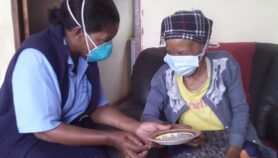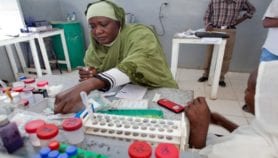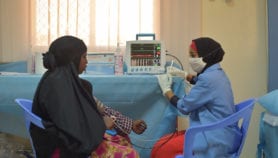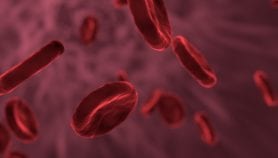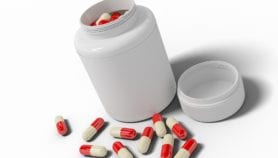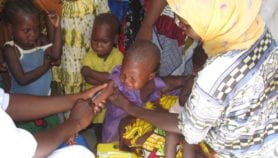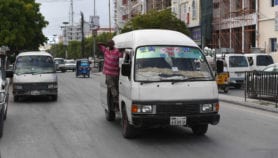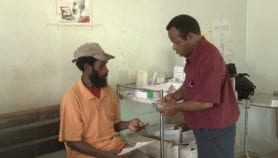22/12/23
Breakthrough raspberry TB meds available for children
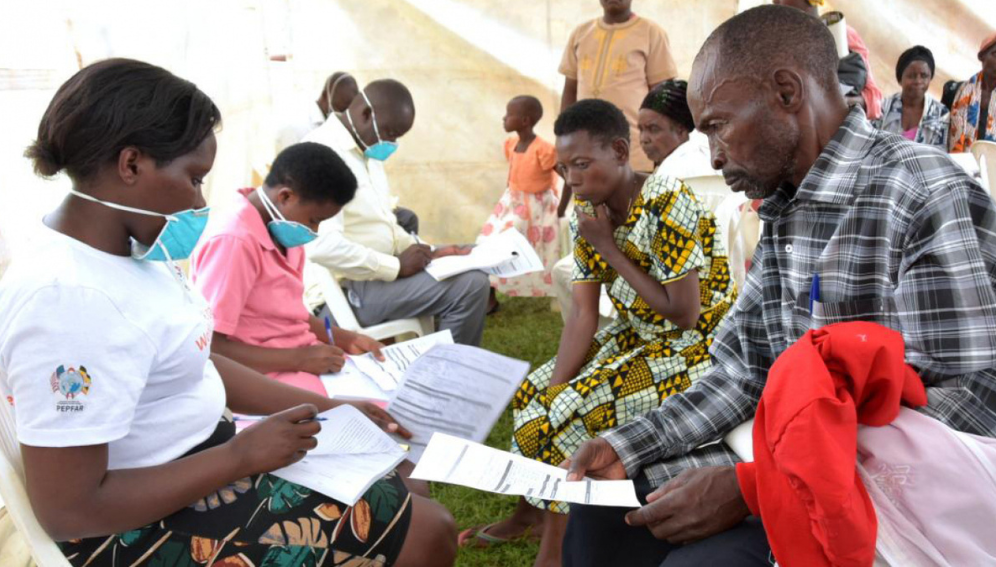
By: Gilbert Nakweya
Send to a friend
The details you provide on this page will not be used to send unsolicited email, and will not be sold to a 3rd party. See privacy policy.
[NAIROBI] A new child-friendly formulation of rifapentine, approved for TB prevention in children, promises easier access and improved treatment outcomes.
The announcement came on December 11 after weeks of clinical trials led by South African Scientists at the Aurum Institute.
The institute said the regimen developed through the Unitaid-funded IMPAACT4TB consortium offers shorter and cheaper formulations for children.
The formulation called 3HP (a short course tuberculosis prevention treatment that combines a high dose Isoniazid – a first line antibiotic used to treat TB infections – and high dose rifapentine), is water-soluble and raspberry-flavoured, making it easier for children to consume.
“Given the higher risk and the potential for developing severe forms of the disease, it is crucial to evaluate and provide TB preventive treatment to children as appropriate to prevent progression to TB disease.”
Garvin Churchill, group chief executive officer, Aurum Institute
The Aurum Institute, says this option, currently priced between $6.53 and $15.80 per child, is cheaper than alternative TB preventive treatments for children which cost about $24 depending on the weight of the child. And addresses the long-standing need for better TB prevention solutions for kids.
According to the World Health Organization, multidrug resistant tuberculosis is a serious public health threat in Africa, with the continent recording some 452,000 new cases that are resistant to rifampicin, the most effective TB first-line drug.
Gavin Churchyard, group chief executive officer, Aurum Institute, notes that children, particularly those under five, face a greater risk of progressing from a TB infection to TB disease compared to adults. This risk is amplified by factors like living with an infectious TB patient, being HIV-positive, suffering from malnutrition, or having any existing health conditions.
“Given the higher risk and the potential for developing severe forms of the disease, it is crucial to evaluate and provide TB preventive treatment to children as appropriate to prevent progression to TB disease,” Churchyard tells SciDev.Net.
“Research and development for most medicines have left children behind. Most medicines are first made for adults, and then paediatric formulations are developed. This limits access for children,” Churchyard said.
He added that as current tools for TB diagnosis in children are inadequate, proactive prevention can shield them from needless, early deaths.
Churchyard says the IMPAACT4TB project has made available 85,000 patient courses to early adopter countries to start implementation of the shorter, child-friendly TB treatment (3HP) through donors like USAID’s Global Drug Facility or direct manufacturer tenders.
Tendayi Westerhof, the national director of Pan African Positive Women’s Coalition, a network of women living with HIV in Zimbabwe, said: “We need to utilise this regimen to ensure it becomes available to many children by sensitising the communities especially in Africa”.
She underscored the vulnerability children in Zimbabwe face – especially if they live in households with TB victims. Westerhof then urged for mapping of households with TB survivors and victims so that children in such households are targeted for the drug administration.
Limakatso Lebina, lead clinical trials unit, South Africa based Africa Health Research Institute, told SciDev.Net that the new regimen fills the gap that exists in tuberculosis preventive strategies for children and adolescents.
She called for minimal delays in the policy translation and guidelines for TB prevention process, and urged policies that will lead to a high uptake when these new regimens are implemented.
Lebina described the TB prevention therapy as a key unmet public health need since children are at increased risk of due to their underdeveloped immune systems.
“These are some of the few trials that have shown that children and other people eligible can be included in clinical trials irrespective of where they live, and they included both urban and rural populations,” Lebina told SciDev.Net.
This piece was produced by SciDev.Net’s Sub-Saharan Africa English desk.



